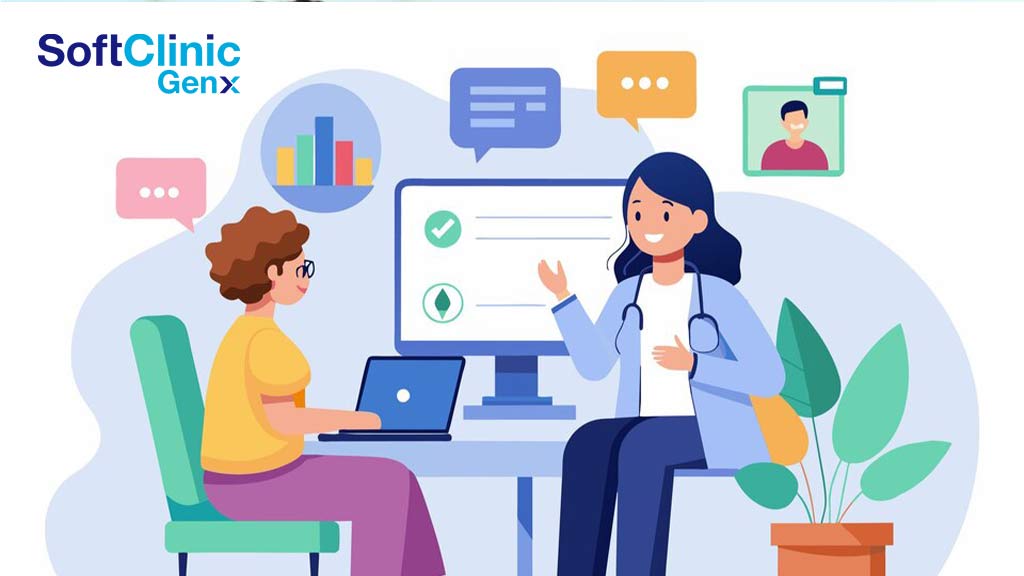How to Improve Patient Communication in Specialty Clinics
October 27, 2024Good communication is essential for providing high-quality care in specialty clinics. When patients feel listened to and understood, they are more likely to take part in their treatment and follow medical advice. Here are some simple ways to improve patient communication in specialty clinics.
First, create a culture that values patient feedback. You can use surveys and suggestion boxes to collect patients’ thoughts on their experiences. Then, by looking at this feedback, you can find areas to improve and show patients that their opinions matter.
1. Use Clear and Simple Language
Medical terms can confuse patients, so it’s important to use simple language when discussing diagnoses, treatments, and procedures. Instead of using complicated words, explain things in a way everyone can understand. This way, patients will grasp their health better and feel more trust in their healthcare providers.
2. Use Technology for Better Communication
Technology can really help improve patient communication. By using patient portals and messaging systems, patients can easily access their medical information, ask questions, and schedule appointments. This convenience encourages patients to talk more openly with their healthcare providers.
3. Teach Staff Communication Skills
All staff members should get training in good communication skills. Encourage active listening, empathy, and patience. When staff understand how important their interactions with patients are, they can create a welcoming space that helps open communication.
4. Ask for Patient Feedback
Creating a culture that values patient feedback can greatly improve communication. Use surveys and suggestion boxes to gather patients’ thoughts on their experiences. Analyzing this feedback helps identify areas for improvement and shows patients that their opinions matter.
5. Use Visual Tools
Visual aids, such as charts, diagrams, and videos, can help explain complex medical information. These tools can enhance understanding and retention, making it easier for patients to follow instructions and remember key details about their care.
6. Follow Up After Appointments
After an appointment, follow up with patients to check on their progress and address any questions they might have. This proactive approach demonstrates that you care about their well-being and encourages further communication.
7. Foster a Supportive Environment
A welcoming and friendly space helps patients share their concerns. Make sure your clinic feels open and safe, so patients can talk about their health without worry.
8. Promote Health Knowledge
Teaching patients about their health and treatments can help them take charge of their care. By sharing simple and clear information, patients will feel more confident and able to make better choices about their health.
Conclusion
Improving patient communication in specialty clinics is key to better care and happier patients. By following these steps, clinics can create a supportive space where patients feel heard and understood. Good communication not only improves health outcomes but also makes the experience better for everyone

